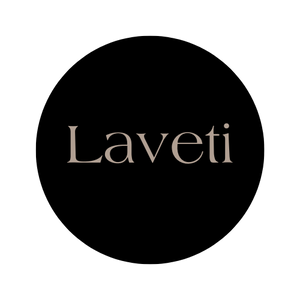Na Salusalu
Salusalu means garland. Originally, a salusalu was an extension or personification of one’s natural heritage particularly in the performing of traditional dances or meke. Different chiefdoms used different scented leaves, flowers that grew in their vicinity to adorn themselves in a meke presented at traditional occasion. By the same token, there were added accessories to a salusalu to accentuate one’s traditional rank for any local traditional social occasion. For instance, if one of chiefly rank is performing in a meke, his/her salusalu would have a ‘masi’ tassel bound with the salusalu to trail behind the neck. Today salusalu are made and given by women to guests of honor at special events or persons who are undergoing important life cycle events such as a wedding or graduation ceremonies. There are various kinds of salusalu today in Fiji with materials ranging from only natural materials to synthetic ones and a combination of both. Even sweet scented leaves or any leaves for that matter still attached to its bark can be used as salusalu, particularly during meke rehearsals for it is believed to encourage the ‘manumanu ni meke” (meke muses or elves) to attach themselves to it thereby enhancing the performer’s grace and dexterity. A salusalu must not be confused with a shell garland or anything like a necklace made with shells etc for it is known as ‘itaube’. Floral laurels are not part of adornment in Fijian culture as in parts of the Pacific owing to the sacredness of the head, and being the traditional privilege of chiefs to have masi turbans or accessories on the head.
Word associated with Salusalu
- Buina – literally means tail to refer to the frayed vau or masi tassel that is bound in a knot and hangs down behind the wearer’s neck
- Cori – to plait, the process of plaiting in of ‘kau salusalu’ into a salusalu;
- Druti – to strip off scented leaves and its bark for salusalu purposes
- Kau salusalu – a generic reference to all manner of fragrant leaves and blooms to adorn a salusalu
- Kuta – a type of reed or sedge grass from which a certain type of mat is woven and now also used to make a salusalu. This salusalu is a contemporary creation.
- Mataidua – literally means one eye. These are easily made salusalu comprising vasili leaves (ti) with a flower or creative spray dangling in the centre of the wearer’s chest.
- Sevi – to pluck a flower
- Sisi – a type of salusalu that is believed to have been a Tongan borrowing but now known commonly in the Lau province in Fiji;
- Tui – to thread in leaves or flowers to form a simple salusalu
- Vau – the fibre of a wild hibiscus that forms the skeleton of a salusalu






